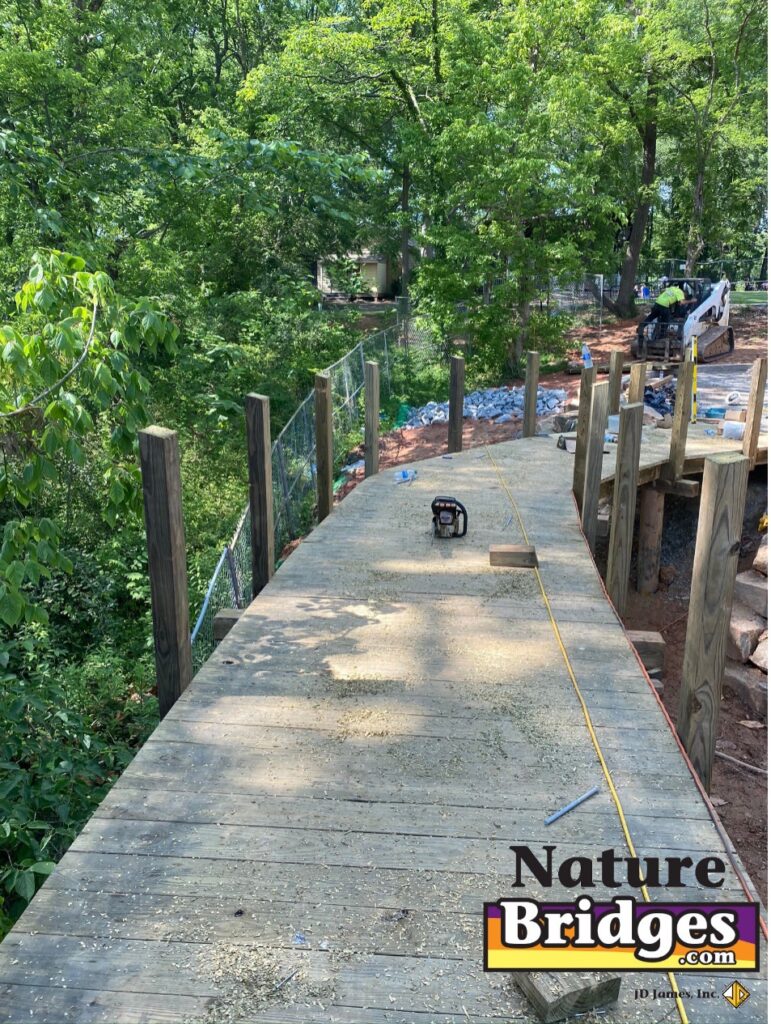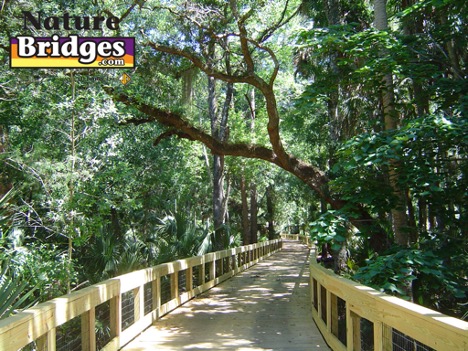
Bridge construction is complex and requires that the crew carefully plans and executes the bridge design. Through using sustainable materials, incorporating proper drainage, and other methods, bridge constructors can lessen the impact to the environment. Another method of reducing environmental impact is through using top down construction. This process builds a bridge or boardwalk starting from the top and working downwards, while traditional techniques start at the ground. Top down construction’s environmental impact is minimal because it doesn’t disturb the ground as much as traditional construction, but there are other benefits as well.
Improved Safety Measures
Safety is important for all construction projects. With top down construction, enhanced safety measures are used. This further reduces accidents during the construction process. The construction crew may install protective barriers and safety nets. This prioritizes worker safety, but it also prevents any materials or other construction debris from falling into water or the forest floor during construction. These additional safety measures are better for both workers and the environment.
Environmental Preservation

When we minimize ground disturbance during construction, we also preserve any existing plant and animal life. The habitat is kept largely as it was before construction because we don’t need to clear large areas of land. Nature Bridges uses top down construction for many reasons, but one of these is that it helps us leave natural vegetation and wildlife alone. Especially in ecologically significant or sensitive areas, top down construction is a superior way to conserve the habitat.
Soil Preservation
In traditional construction projects, the construction crew clears a large area of land, removing plants and disturbing the soil. This can lead to soil erosion and affects the stability of the environment. It can prevent plant regrowth and cause sediment to build in nearby waterways. That sediment can include construction materials or other pollutants or chemicals, which can affect aquatic ecosystems. With top down construction, excavation is minimized. This helps us prevent soil erosion, water contamination, and other negative effects of building.
Reduced Construction Time
With every day that construction crews work on a project, the habitat is affected. Longer construction time means more impact to the environment. Even the most ecologically friendly construction can negatively impact local plants and animals. Top down construction projects are, on average, shorter than traditional construction projects. Because of this, top down construction has a shorter duration of disruption to habitats in addition to a lower impact in general. When we complete the construction process more efficiently, we reduce the potential for more disturbance, so the area recovers and regenerates sooner.
Development is necessary for housing and urban growth, but there are sensitive areas where we should be extra vigilant about protecting the natural world. Minimizing ground disturbance and preserving plants and animals are important steps. Top down construction helps to ensure environmental preservation. When you’re ready to add a boardwalk, bridge, or any other structure, contact Nature Bridges to find out how we can work with you to harmonize development and nature.


P.O. Box 516
Monticello, FL 32345
Office Closed: We will be closed for the holidays December 23-30, 2024
Phone: (850) 997-8585 Fax: (850) 385-3493
estimating@naturebridges.com